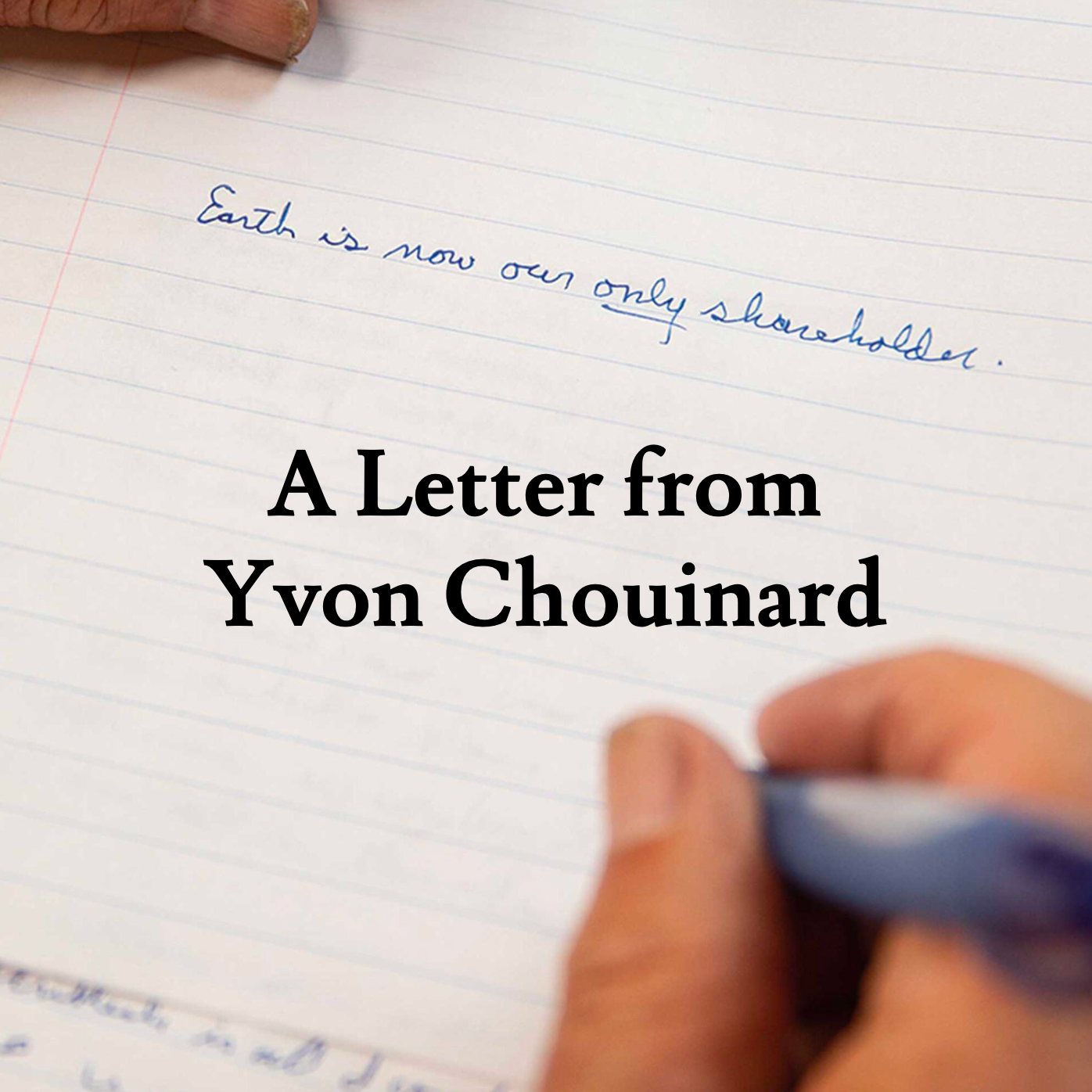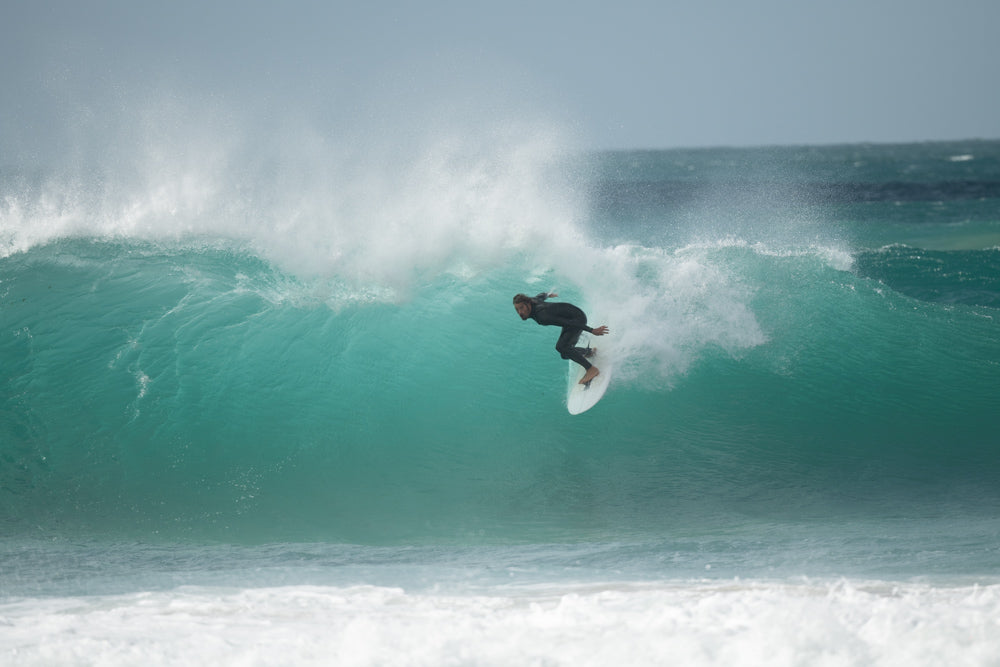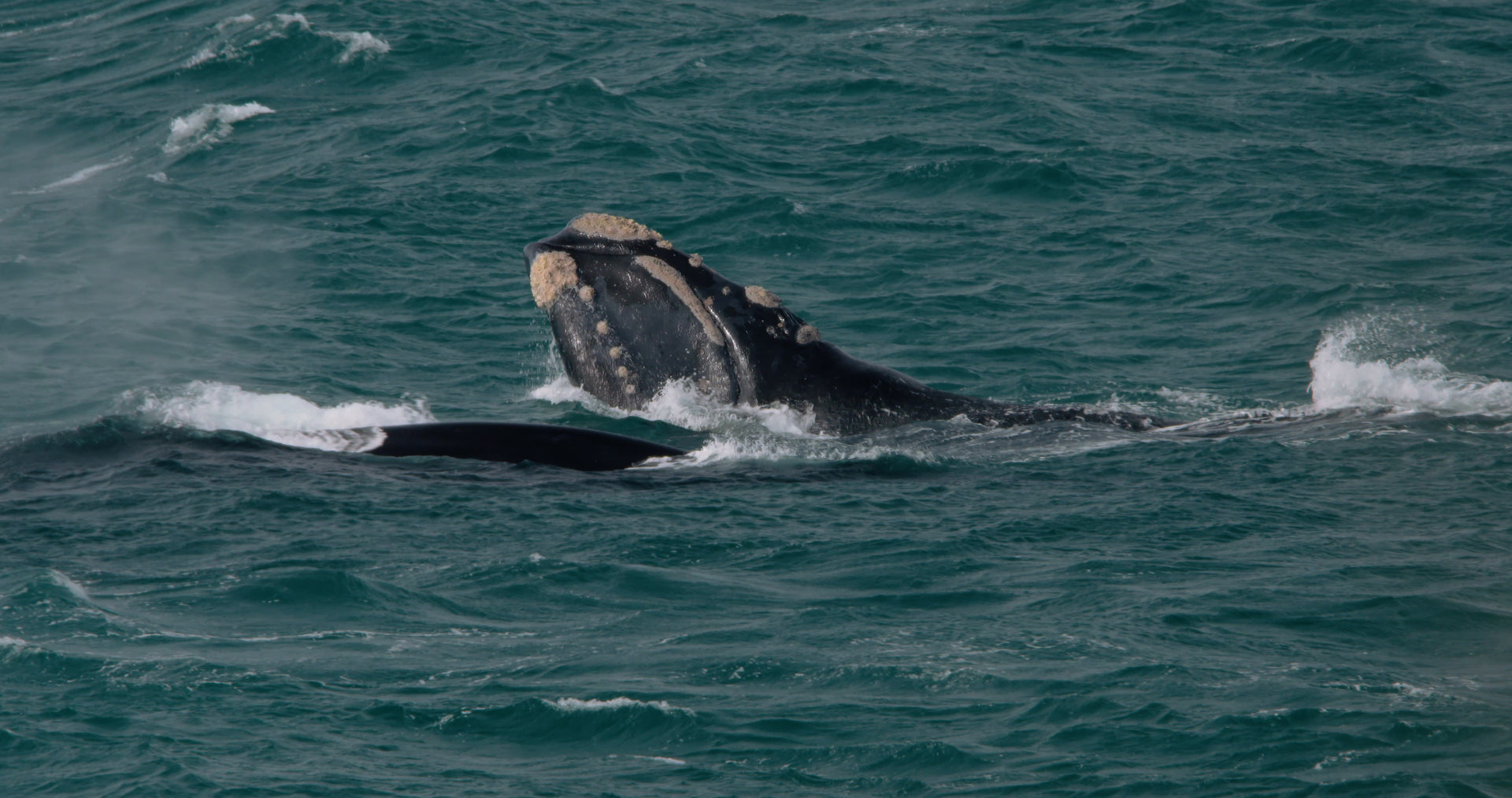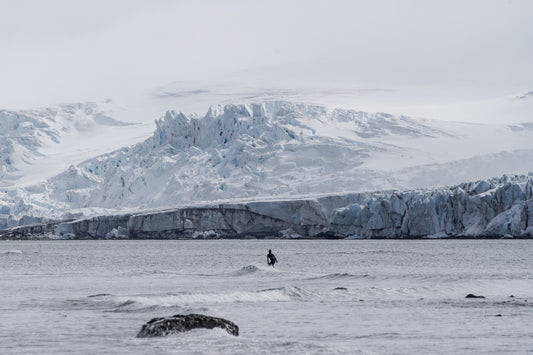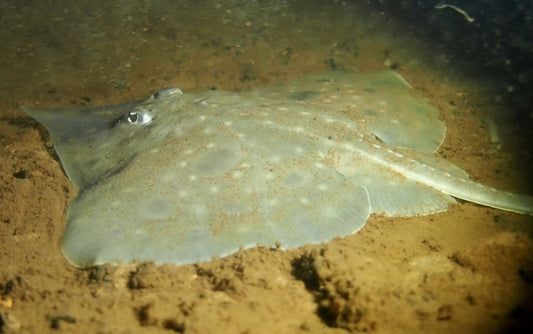The Otway Basin where ConocoPhillips is proposing to drill has marine biodiversity that is off the charts. Twenty-seven species of whales and dolphins inhabit and migrate through these waters, including the pygmy blue whale and southern right whale. Pygmy blue whales are a smaller variety of their record-setting relatives. They feed on krill in the Otway Basin from November to June. Southern right whales migrate to inshore waters to breed and give birth between May and September each year. Both species are classified as Endangered by the International Union for the Conservation of Nature, a group of experts who assess the status of wildlife populations. ConocoPhillips proposed drilling operational areas are over key habitat for both these endangered whales.
Counterintuitively, the proposed drilling project overlaps with the Zeehan Marine Park. The park is one of thirteen marine parks that make up the South-East Marine Parks Network, which was established in 2007 in recognition of the region’s outstanding marine biodiversity. Zeehan Marine Park is a nursery ground blue warehou and ocean perch. Tasmanian giant crabs dwell in rocky limestone continental shelf habitats. Zeehan contains deep submarine canyons, which provide habitat for crabs, coral, sea urchins, sponges, and other species with special adaptations to living in this unique deep ocean ecosystem.
Leaks and spills from ConocoPhillips’ drill sites could be catastrophic for marine life. Gas comes out of the Earth’s crust mixed with oil and other hydrocarbons, as a substance called condensate. It has a greasy, iridescent sheen and floats on top of the water. Condensate is harmful to marine life, burning the eyes and lungs of whales and seals, sticking to beaches and coasts, and introducing toxic chemicals into the broader food web. In the event of a condensate leak, ConocoPhillips’ own Environment Plan shows that condensate pollution would spread well beyond the project’s footprint. Spills could affect beaches and marine life from South Australia to the Tasmania Wilderness World Heritage Area and up to Jervis Bay in New South Wales. The plan for dealing with a spill is equally grim: a suitable rig would need to be summoned from Asia, taking up to 100 days to reach the drill site. In the meantime, condensate would continue to leak into our oceans, fouling marine life, habitats, and beaches for up to three months.
ConocoPhillips insists that such leaks are unlikely, that the risks are small – but a leak from a different gas drilling project in Western Australia was linked to dolphin deaths just last year. The information was only made public when a whistleblower spoke up. Their photos from the day are grim: a dolphin floats upside down, white belly bright against the blue ocean. In the background, an oil tanker floats on the horizon. If we are to protect our marine life from a similar disaster in the southeast, this gas drilling project cannot go forward.
We only have until 18 December to voice our strong, collective opposition to this project. Take action to stop ConocoPhillips’ test drilling proposal: send a clear message to the government regulator NOPSEMA today.
Dr Kim Riskas is an oil and gas campaigner with the Australian Marine Conservation Society.
